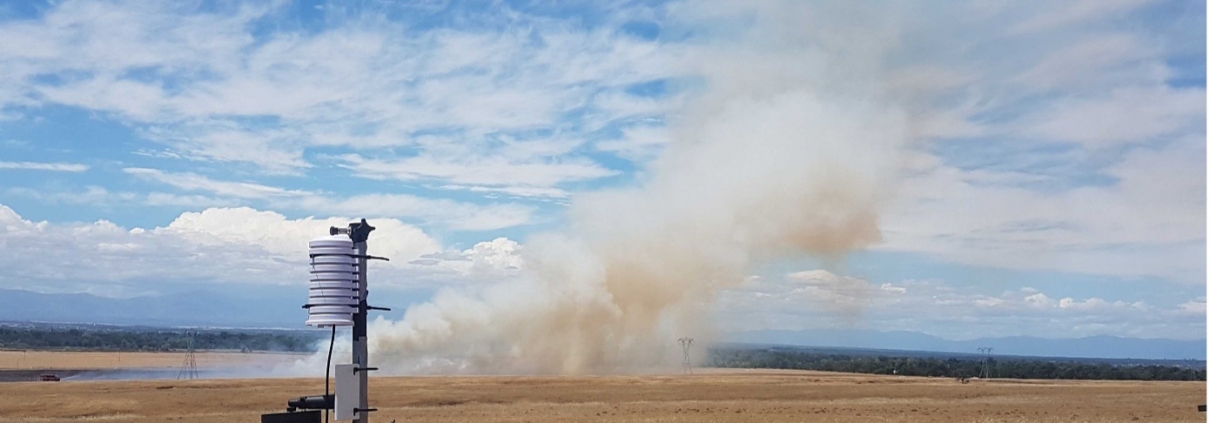Breeze Technologies selected for long-term deployment of wildfire and air quality sensors by US Department of Homeland Security S&T
Washington and Hamburg. After previous laboratory and field tests of Breeze’s air quality sensors and its connected wildfire detection capabilities, the US Department of Homeland Security (DHS) Science and Technology Directorate (S&T) has selected Breeze Technologies among several candidates for a long-term and larger-scale implementation in California. Breeze is one of two companies selected for this next stage of a wildfire sensor commercialization effort after the successful evaluation of sensor and system performance by an independent laboratory from Jensen Hughes.
The new effort will see Breeze Technologies deploy more than a hundred sensors in California. From the official press statement of the Department of Homeland Security:
“We are excited to move into the next phase of the Wildland Fire Sensor research,” said Jeff Booth, Director of S&T’s Sensors and Platforms Technology Center. “Both companies show great potential for operational deployment and dual-purpose wildfire detection and air quality monitoring capabilities.”
S&T field-tested the sensors in June 2021 during a prescribed burn at the Dye Creek Preserve in Red Bluff, CA, in partnership with the California Department of Forestry and Fire Protection (CAL FIRE) and The Nature Conservancy. Additional observers included partners from California Governor’s Office of Emergency Services, the Federal Emergency Management Agency and the U.S. Fire Administration. The demonstration provided further evidence that the sensor technologies can provide a valuable resource for first responders and the public at-large.
Evaluation criteria included smoke threshold detection levels, time and distance for alert generation from the point of ignition, number of false positive and false negative alerts, cost per unit, dual-use capabilities, and the companies’ ability to continue to enhance their products to quickly bring them to market.
“The next phase of the program will focus on hardening the sensors for longer-term field deployments. These sensors will provide early alerting capabilities in high risk areas where detection and alerting aren’t currently available,” said Booth.



